
Elettaria is a genus of flowering plants in the family Zingiberaceae. They are native to India and Sri Lanka, but cultivated and naturalized elsewhere. One member of the genus, E. cardamomum, is a commercially important spice used as a flavouring agent in many countries.
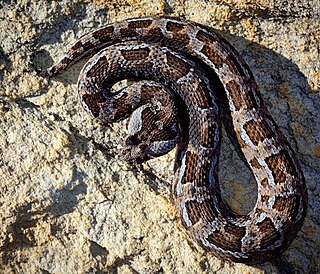
The red adder is a viper species found only in Western Cape Province, South Africa. No subspecies are currently recognised. Like all other vipers, it is venomous.

Eucalyptus rubida, commonly known as candlebark, ribbon gum or white gum, is a species of small to medium-sized tree that is endemic to south-eastern Australia. It has smooth bark, sometimes with rough bark at the base, lance-shaped or curved adult leaves, flower buds in groups of three, white flowers and cup-shaped, hemispherical or bell-shaped fruit.
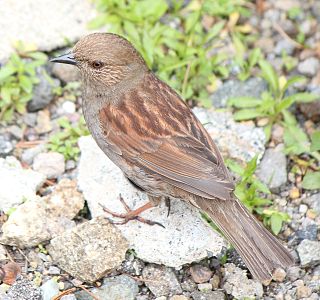
The Japanese accentor is a species of bird in the family Prunellidae. It is found in Japan and Sakhalin.
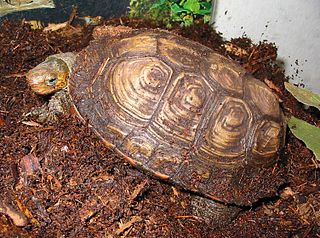
Rhinoclemmys is a genus of turtles in the family Geoemydidae, the only genus in the subfamily Rhinoclemmydinae. Member species of the genus are commonly known as the Neotropical wood turtles and are the only geoemydids known from the Americas. As such, they have adapted to a wide range of habitats, which is reflected in the species' common names.

The Mexican spotted wood turtle or Mexican spotted terrapin is a species of turtle in the family Geoemydidae.
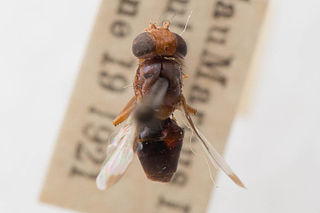
Acrosticta rubida is a species of ulidiid or picture-winged fly in the genus Acrosticta of the family Ulidiidae.

Myopa is a genus of flies from the family Conopidae.

Myopa dorsalis is a species belonging to the family Conopidae subfamily Myopinae.

Chlamys rubida is a species of bivalve mollusc in the family Pectinidae found on the west coast of North America from the Gulf of Alaska to San Diego, California.

Macrotera is a genus of bees native to North America, particularly diverse in the desert regions of the United States and Mexico. According to Wilson and Carril, there are "around 30" species of Macrotera. Macrotera are small to medium sized and often black or reddish in coloration. The genus was treated by P.H. Timberlake who, in addition to T.D.A. Cockerell, described most of the known species. Macrotera used to be considered part of the genus Perdita but was split apart by C.D. Michener in 2000. Most species are extreme specialists (oligoleges) with respect to pollen and will only collect pollen from a few closely related species or genera of plants, particularly the plant genus Sphaeralcea and various Cactaceae.
Chlorocypha rubida is a species of jewel damselfly in the family Chlorocyphidae.
Thaumatomyia rubida is a species of grass fly in the family Chloropidae.
Triatoma rubida is a species of kissing bug in the family Reduviidae. It is found in Central America and North America.
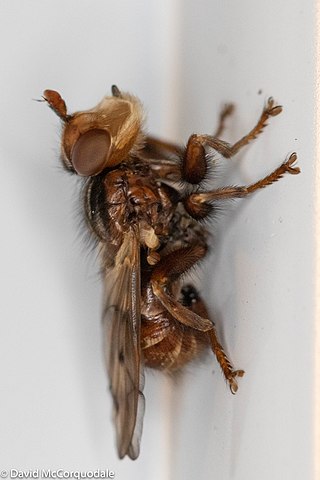
Myopa vicaria is a species of thick-headed flies in the family Conopidae.
Neoalosterna rubida is a species of flower longhorn in the beetle family Cerambycidae. It is found in North America.

Myopa vesiculosa is a species of thick-headed flies in the family Conopidae.
Metadioctria rubida is a species of robber flies in the family Asilidae.
Artachaea is a genus of sea slugs, a dorid nudibranch, a shell-less marine gastropod mollusc in the family Dorididae containing only one species, Artachaea rubida.
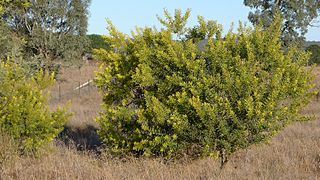
Acacia rubida, commonly known as red stem wattle, red stemmed wattle or red leaved wattle, is a shrub belonging to the genus Acacia and the subgenus Phyllodineae that is native to parts of eastern Australia.














